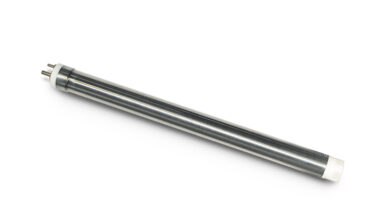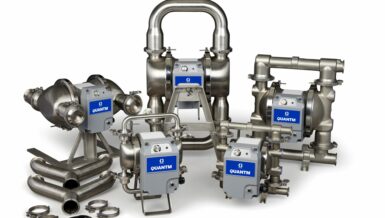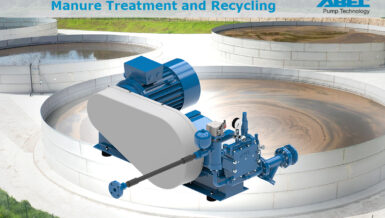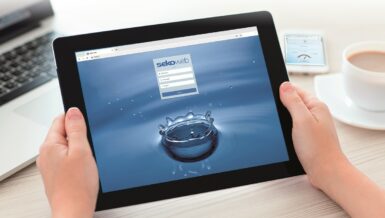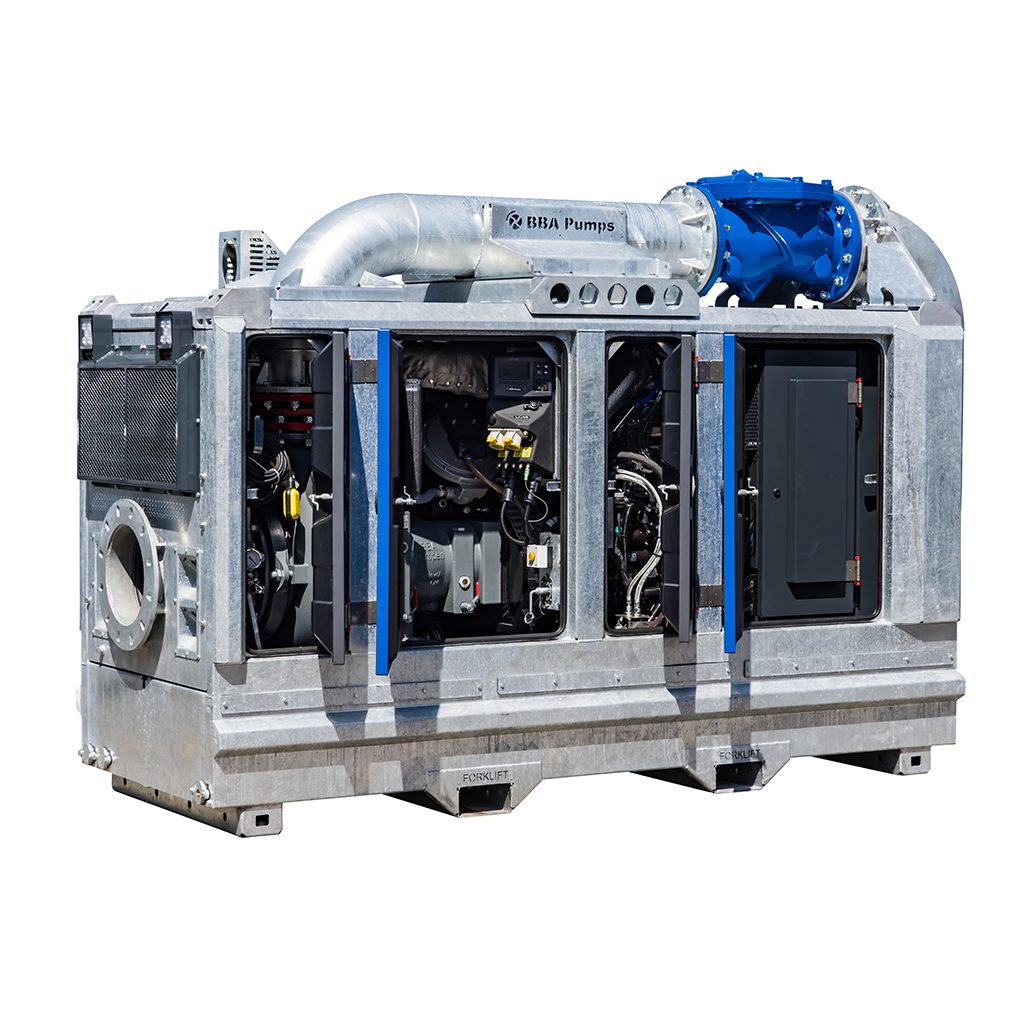The new system—which we call the Volume Control Module (VCM)—leverages the exceptional pressure regulation of Disc Pump to deliver high-precision fluidic dosing. This scheme can enable the creation of pipetting systems that are smaller, lighter & lower cost than the competition.
Over the last couple of months, the Research & Development team of LEE Ventus has been exploring this concept further in the lab, with the aim of characterizing the performance of the system. The team demonstrated CVs of less than 1% over a wide pipetting range, from ~15µL to ~400µL.
Through the work, LEE Ventus also wanted to understand the key factors that impact pipetting performance, and how to optimize the system. Their Application Note AN049 Pipetting with Disc Pump provides a comprehensive technical overview of the system, and we have also put together a summary of Key Learnings below.
“The team demonstrated CVs of less than 1% over a wide pipetting range, from ~15µL to ~400µL.”
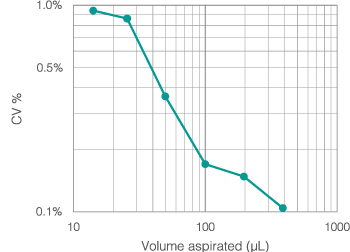
Left: A plot showing CV against aspirated volume, from ~15uL to ~400uL. The experimental set-up used a VCM without a pipette tip, so that fluid-tip interaction inconsistencies could be mitigated. We used a high-sensitivity liquid flow sensor and integrated the output to calculate dosed volume. Details of this setup are presented in Application Note AN049.
A Summary of Key Learnings
- Ambient Temperature – Ambient temperature has very little effect on pipetting performance—providing that the temperature of the air in the pipette tip is similar to the temperature of the air in the VCM.
- Heat – It is important to manage the amount of heat generated by the pump for consistent pipetting, particularly where the fluid must be held in the pipette tip for extended periods of time.
- Component Selection – Care must be taken when selecting key components such as the pump, reservoir, orifice and pressure sensor. Different configurations will suit different application requirements.
- Fluid-tip Interaction – Where reusing pipette tips, we found that inconsistences in fluid-tip interaction (such as fluid pinning and/or droplets remaining in the tip) can cause significant variation in the amount of fluid aspirated/dispensed; we had to explore alternative experimental setups and measurement techniques to demonstrate the performance limit of the system.
- Additional Components – The VCM can be extended with additional components, including valving to enhance the pipette tip “blow-off” function, and temperature sensors to enable temperature compensation.
- Equations – We derived a number of useful equations that can help when designing VCM systems.
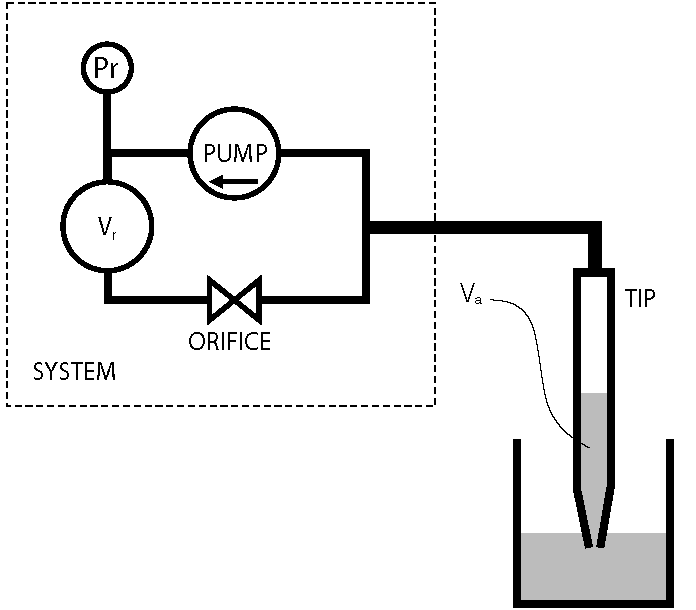
Left: The system architecture includes the pump, an orifice (flow restrictor), a pressure sensor (Pr) and a reservoir volume (Vr), connected to a pipette tip.
LEE Ventus have put together an Application Note AN049 Pipetting with Disc Pump that provides a detailed technical overview of the system, together with design guidance for customers interested in building their own systems. If you have any questions, please get in touch with TTP Ventus at: support@ttpventus.com.
Piezoelectric micropumps for gases and microfluidics

Disc Pump™
Silent, compact micropumps and modules with unrivalled features, enabling cutting-edge innovation across the medical, life science, environmental and industrial sectors.





